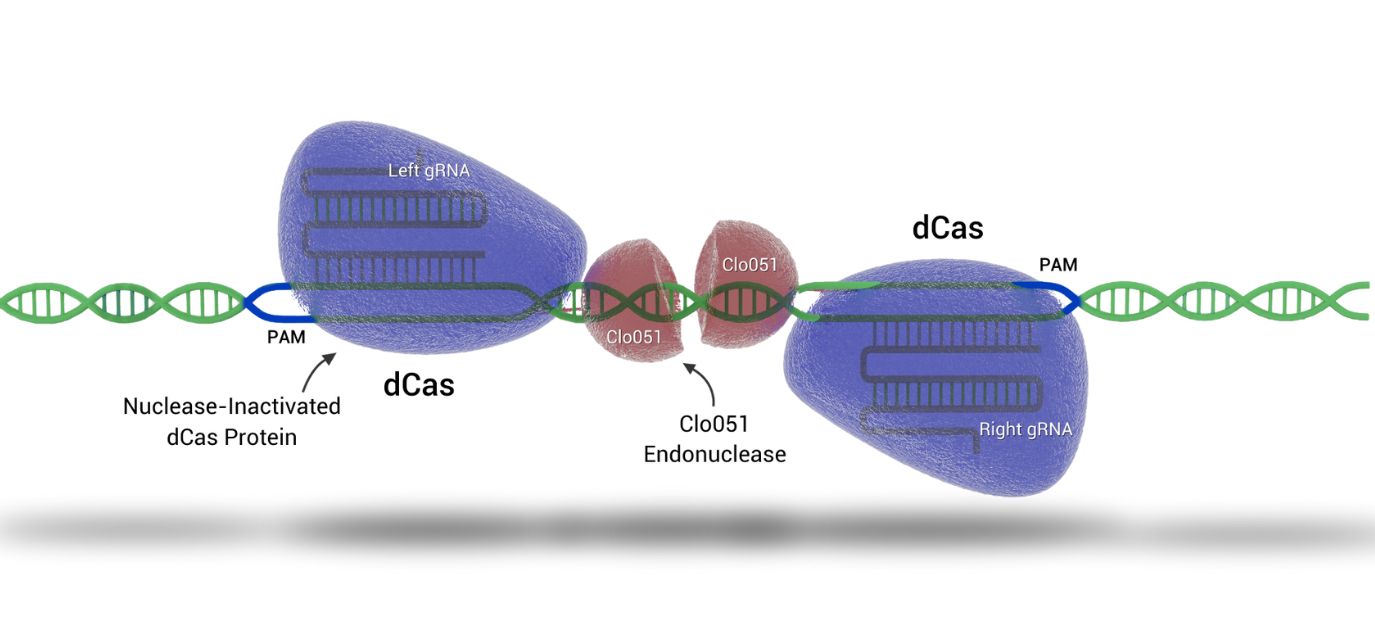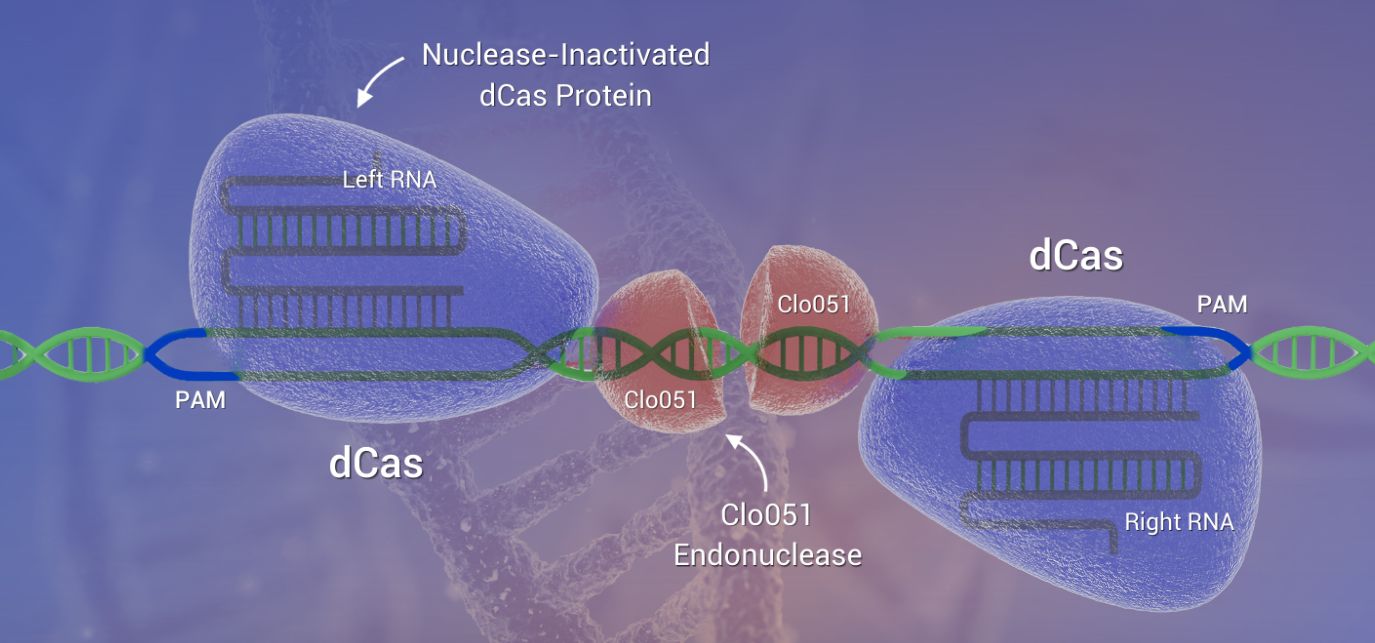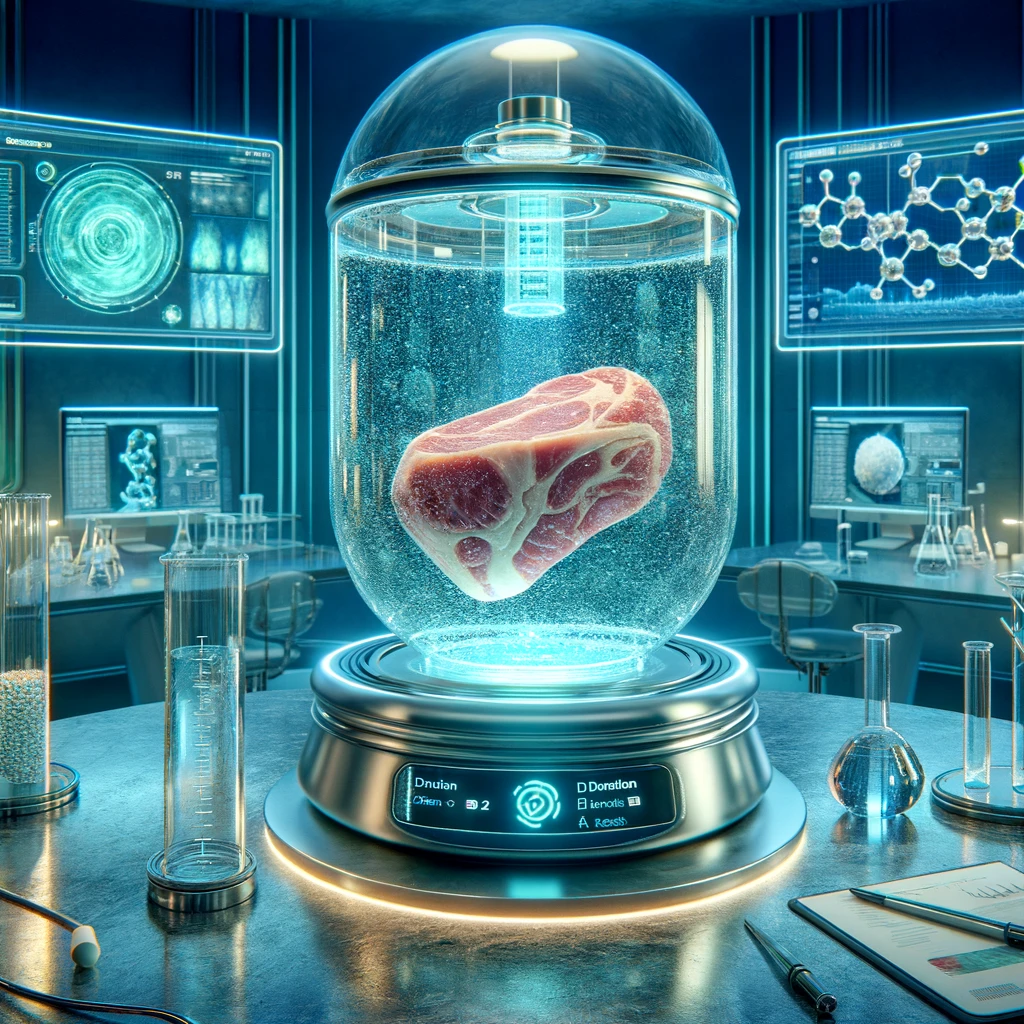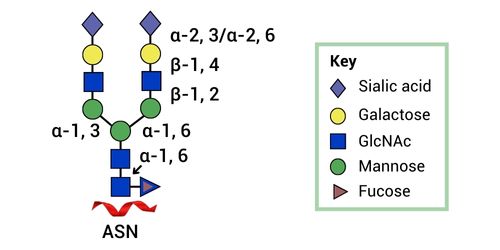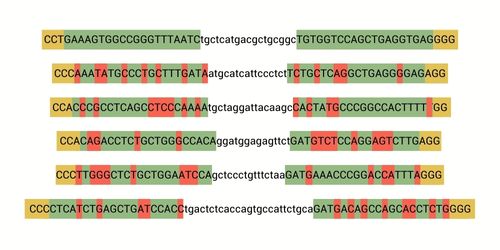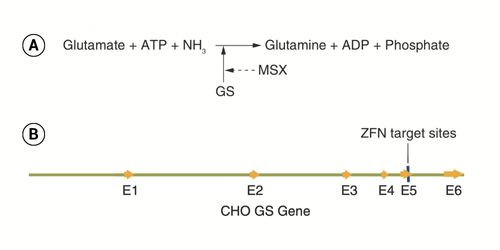Gene Editing May Soon Be Rolling in Clover
The early CRISPR-Cas9 gene editing systems didn’t lack for brashness. They quickly set new standards for economy and ease of use. They even seemed to offer high degrees of accuracy and efficiency. But soon, brashness started to show its limits. What was needed in its place was refinement. Possible alternatives to CRISPR-Cas9 included a transposase…
Read MoreThe Greatest Gene Editing Technology on the Planet?
As published in GEN Magazine. Cas-CLOVER significantly reduces off-target risk with a paired gRNA, deactivated Cas fusion protein (dCas), and dimeric Clo051 nuclease. A proven technology for cell line development (CLD) and bioprocessing, agriculture, and synthetic biotechnology, Cas-CLOVER also features high efficiency in target cells and organisms coupled with simple and flexible design and technology…
Read MoreAccelerating Cultured Meat and Alternative Food Protein Production: The Power of Cell Engineering and Gene Editing
The food industry is undergoing a significant transformation with the rise of animal-free meat alternatives, including cell-based meats and plant-based proteins. According to a report by the Boston Consulting Group, this burgeoning market is expected to soar to a valuation of $290 billion by 2035, accounting for 11% of the total protein intake globally. Initially,…
Read MoreGene Editing in Plants is Stable, Efficient, and Reliable With Cas-CLOVER
The CRISPR Cas9 system has revolutionized targeted genome engineering owing to its simplicity in employing guide RNAs. However, this technology is not without its limitations. Notable among these are the predisposition for off-target mutagenesis, stringent licensing restrictions with lack of clear freedom to operate (FTO), and economically burdensome license terms. To address the limitations of…
Read MoreGlycoengineering Strategies For Improved Biologics Manufacturing In Mammalian Cells Using Cas-CLOVER
Biopharmaceuticals, encompassing monoclonal antibodies (mAbs) and their derivatives such as Fc-fusion proteins, antibody-drug conjugates (ADCs), immunocytokines, and antibody-enzyme fusions, have introduced a novel paradigm in therapeutic modalities. This innovative category of therapeutics has made significant contributions to the treatment of malignancies, autoimmune diseases, and enzyme replacement therapies. Similar to endogenous proteins, such as immunoglobulin G…
Read MoreUnlocking the Future of Gene Therapy, rAAV And Vaccine Bioprocessing: Advanced Cas-CLOVER Gene Editing in HEK293 Cells
Recombinant adeno-associated virus (rAAV) vectors are a prime example of how nature can be harnessed for biotechnology purposes, such as gene therapy. Viruses, including AAV, have evolved sophisticated mechanisms to enter host cells and deliver their genetic material. This natural proficiency for gene transfer makes them effective tools for introducing therapeutic genes into human cells.…
Read MoreHigh Yield Cell Selection At Your Fingertips With GS-KO CHO Cells
In another blog post, we examined the utilization of Dihydrofolate Reductase (DHFR) inhibitor Methotrexate (MTX) and Glutamine Synthetase (GS) inhibitor Methionine Sulfoximine (MSX) by scientists specializing in cell line development (CLD) to enhance the selection process for cells exhibiting high expression levels. However, these methods require extended durations for selection, and inefficacy results in the…
Read MorePrecision at the Forefront: Cas-CLOVER’s Leap Over CRISPR/Cas9 in Target-Specific Gene Editing
Using Unbiased Analysis Cas-CLOVER’s Maximum Potential Off-target Is Under 1% Where CRISPR/Cas9 Is 5-13% Detailed investigations in gene-editing technologies have highlighted the critical importance of target specificity. Within this context, Cas-CLOVER emerges as a exceptional alternative to the CRISPR/Cas9 platform, offering a more accurate solution for gene editing. Cas-CLOVER distinguishes itself from the CRISPR/Cas9 system…
Read MoreDHFR/MTX and GS/MSX Selection in CHO Cells for Biologics Manufacturing
Characteristics such as robust growth rates, scalability of suspension cultures, and consistent cloning efficiency have established Chinese hamster ovary (CHO) cells as the preeminent mammalian cell line for bioprocessing applications. Nonetheless, the optimization of recombinant CHO cell cultures for the production of biologics, including antibodies, remains a significant challenge. DHFR vs GS Selection Strategy Overview…
Read More
